Copyright by HPotter v1.0 21/08/2014
This is plots the indicator developed by Andrew Abraham in the Trading the Trend article of TASC September 1998.
New traders quickly become familar with two adages: “The trend is your friend,” and “Let your profits run and cut your losses.” Many of us, however, have learned the hard way that these things are easier said than done. Why is that? One reason is lack of recognition, since the trend itself is rarely clarified and defined, let alone where it starts and ends. So we need a clear explication of what a trend is as well as where its beginning and its end are.
Simply, if the trend is considered up, then the trend of prices are composed of upwaves and the downwaves are countertrend movements. Downward trends are the opposite, seen as downwaves with countertrend upwaves. Using several tools and functions, we can design a quantifiable approach to defining these waves. My favorite is the volatility indicator, which is a formula that measures the market volatility by plotting a smoothed average of the true range. The true range indicator originates from the work of J. Welles Wilder Jr. from his New Concepts in Technical Trading Systems. The definition of the true range is defined as the largest of the following:
- The difference between today’s high and today’s low
- The difference between today’s high and yesterday’s close, or
- The difference between today’s low and yesterday’s close.
The calculation uses a 21-period weighted average of the true range, giving higher weight to the true range of the most recent bar. The final value is then multiplied by 3.
The volatility indicator is used as a stop-and-reverse method. Let’s say the market has been rising, then the volatility indicator is calculated each day and subtracted from the highest close during the rising market. The highest close is always used, even if there has been a series of lower closes since the highest close. If the market closes below the volatility indicator, then for the next day, the current reading of the volatility indicator is added to the lowest close. This step is followed each day until the market closes above the trailing volatility indicator.
We now have a definition of the trend. An upward trend exists as long as the volatility indicator is below the market and a downtrend is in force if the volatility indicator is above the market.
|
1 2 3 4 5 6 7 8 9 10 11 12 13 14 15 |
avrTR = weightedaverage[Length](AverageTrueRange[1](close)) highestC = highest[Length](high) lowestC = lowest[Length](low) hiLimit = highestC[1]-(avrTR[1]*Multiplier) lolimit = lowestC[1]+(avrTR[1]*Multiplier) if(close > hiLimit AND close > loLimit) THEN ret = hiLimit ELSIF (close < loLimit AND close < hiLimit) THEN ret = loLimit ELSE ret = ret[1] ENDIF RETURN ret coloured(238,238,0) as "Trend Trader" |
Share this
No information on this site is investment advice or a solicitation to buy or sell any financial instrument. Past performance is not indicative of future results. Trading may expose you to risk of loss greater than your deposits and is only suitable for experienced investors who have sufficient financial means to bear such risk.
ProRealTime ITF files and other attachments :PRC is also on YouTube, subscribe to our channel for exclusive content and tutorials


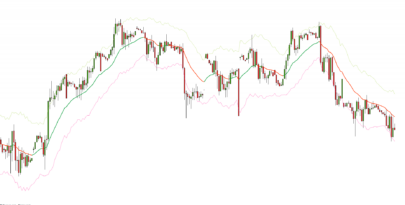



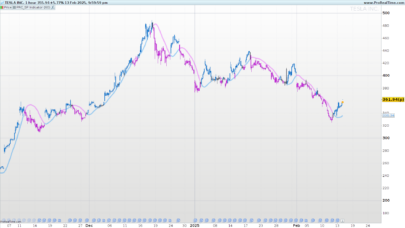
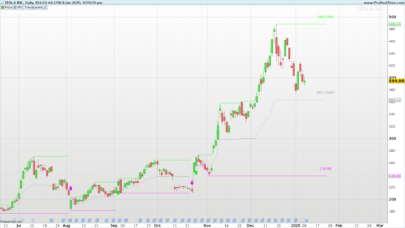
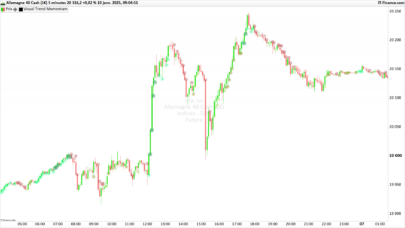
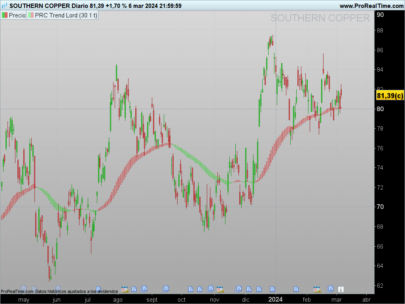


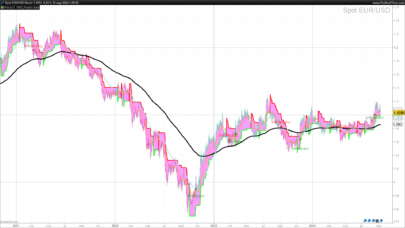
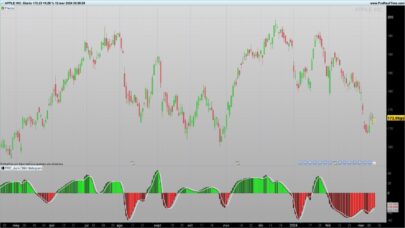
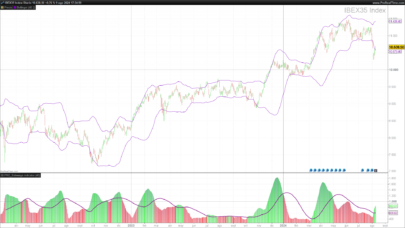
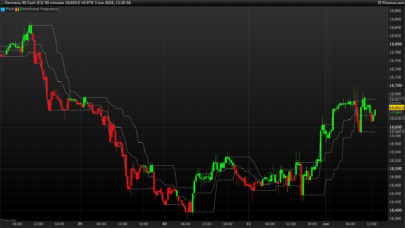
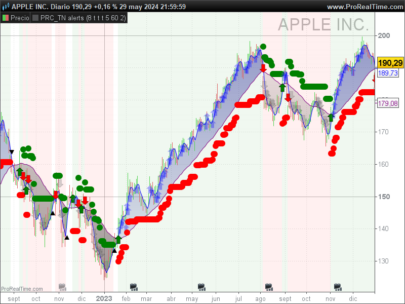
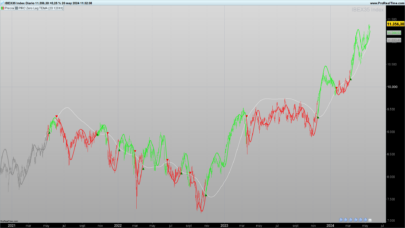
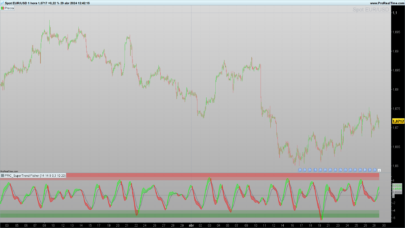
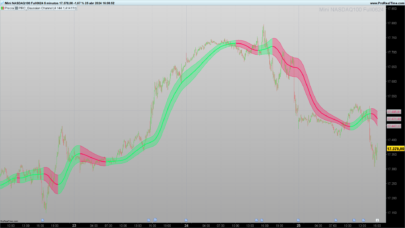
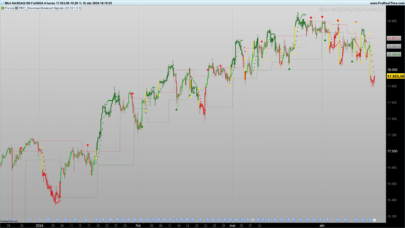
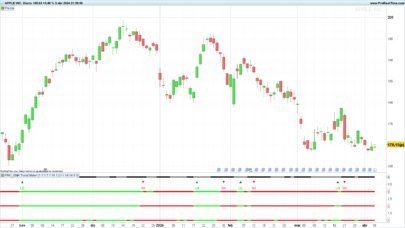
Salve, ho provato ad inserire l’indicatore nella piattaforma ma mi chiede di definire la variabile LENGTH e la variabile MULTIPLIER
Vorrei chiedere se qualcuno può aiutarmi ad inserire correttamente questo indicatore.
Grazie.
Tradesun, se scarichi il file ITF allegato e lo importi nella piattaforma ci sono già le variabili LENGHT e MULTIPLIER da settare a tuo piacimento.